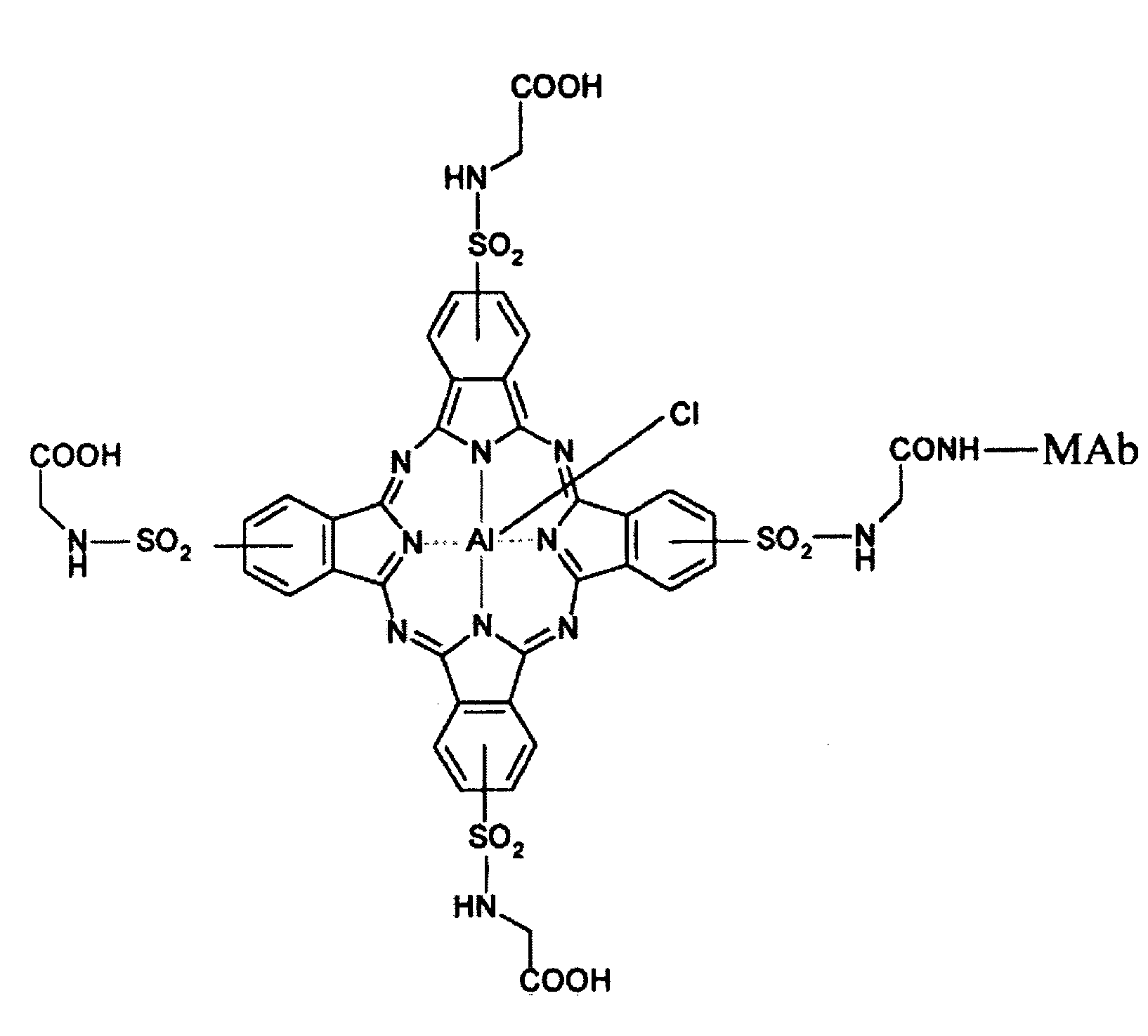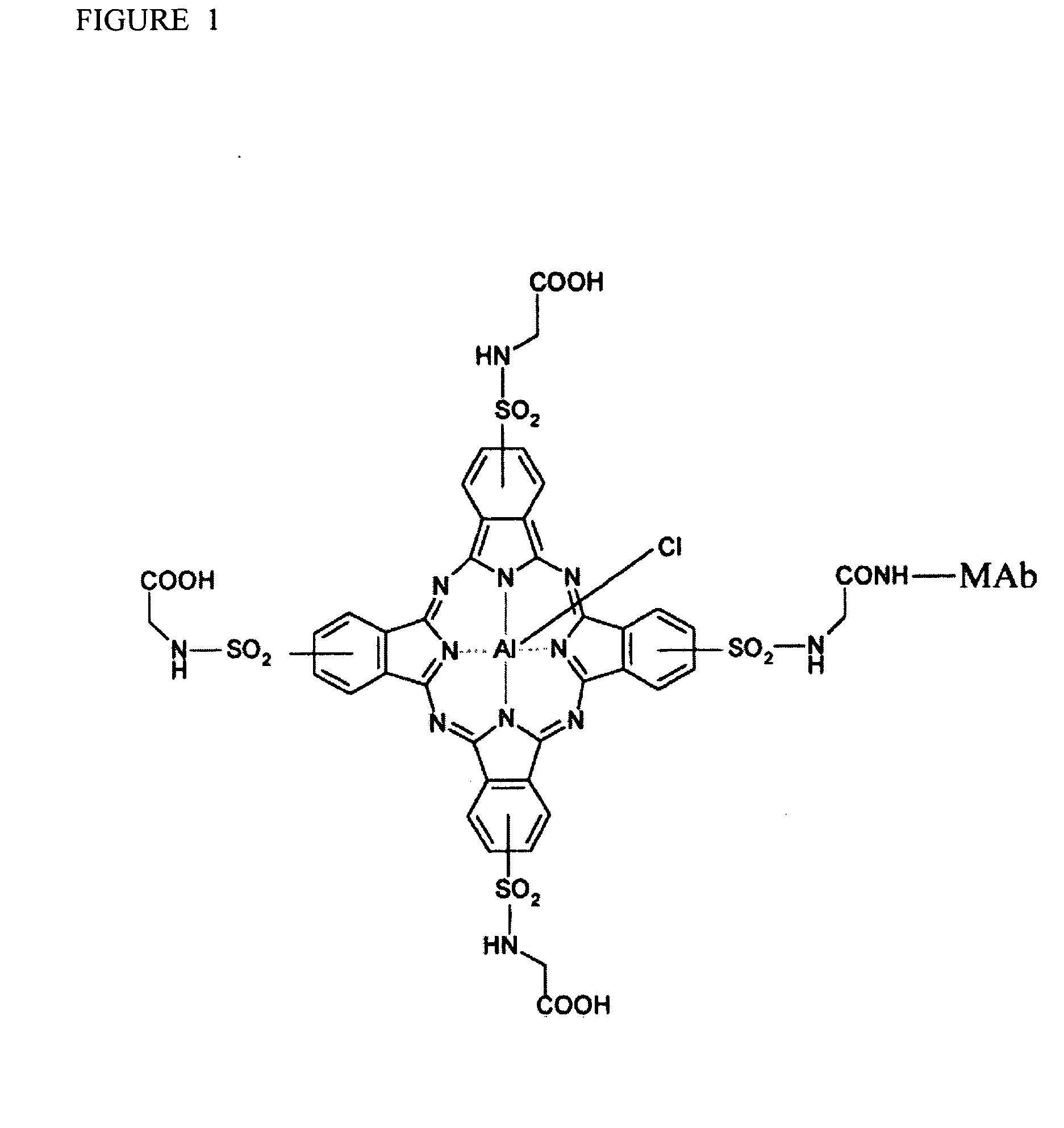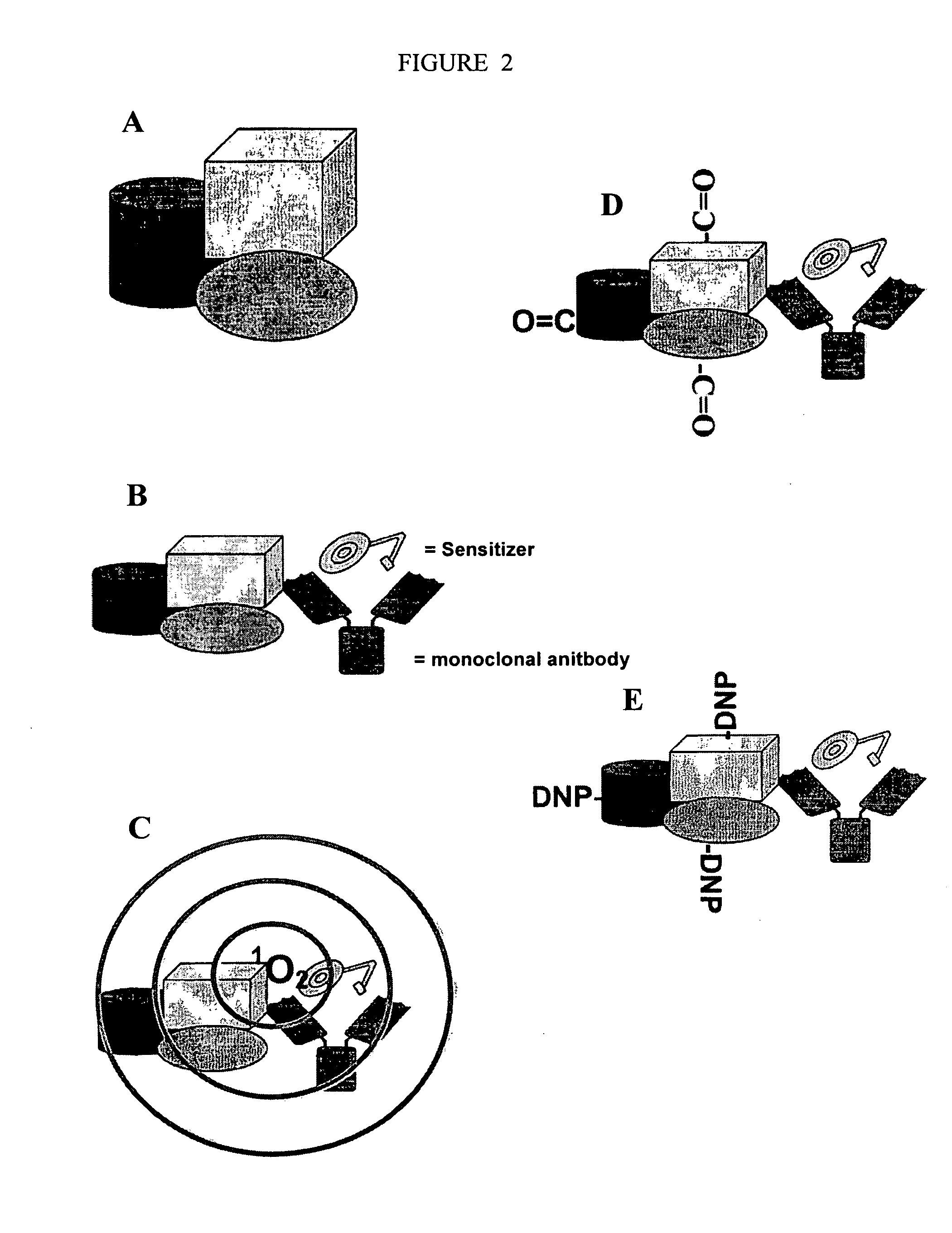Detection Of Molecule Proximity
a detection method and proximity technology, applied in the field of detection of molecule proximity, can solve the problems of protein-protein interaction, major challenge in bioscience research, fundamental flaws in these techniques, etc., and achieve the effect of not being certain that protein-protein interaction will survive purification and not being able to overcome fundamental flaws
- Summary
- Abstract
- Description
- Claims
- Application Information
AI Technical Summary
Benefits of technology
Problems solved by technology
Method used
Image
Examples
Embodiment Construction
[0037]Most biomolecular complexes exist as multiple molecules that are either directly (e.g., complexed with) or indirectly (e.g., in proximity to) associated with a target biomolecule. The vast majority of associated molecules in a biomolecular complex have not been identified, or are not readily identifiable using methods and systems currently available. Available methods and systems are limiting and are not amenable to identifying molecules in a complex that do not directly bind to a target of interest, and therefore many molecules that interact for performing a particular process in a cell are missed and never identified as important components of a cellular process. The compositions and methods of the present invention recognize molecular interactions that exist in biomolecular complexes, that have to date been missed by current methodologies. The compositions and methods of the present invention are described in exemplary embodiments provided below. However, the present invent...
PUM
| Property | Measurement | Unit |
|---|---|---|
| wavelengths | aaaaa | aaaaa |
| wavelengths | aaaaa | aaaaa |
| wavelengths | aaaaa | aaaaa |
Abstract
Description
Claims
Application Information
 Login to View More
Login to View More - R&D
- Intellectual Property
- Life Sciences
- Materials
- Tech Scout
- Unparalleled Data Quality
- Higher Quality Content
- 60% Fewer Hallucinations
Browse by: Latest US Patents, China's latest patents, Technical Efficacy Thesaurus, Application Domain, Technology Topic, Popular Technical Reports.
© 2025 PatSnap. All rights reserved.Legal|Privacy policy|Modern Slavery Act Transparency Statement|Sitemap|About US| Contact US: help@patsnap.com



